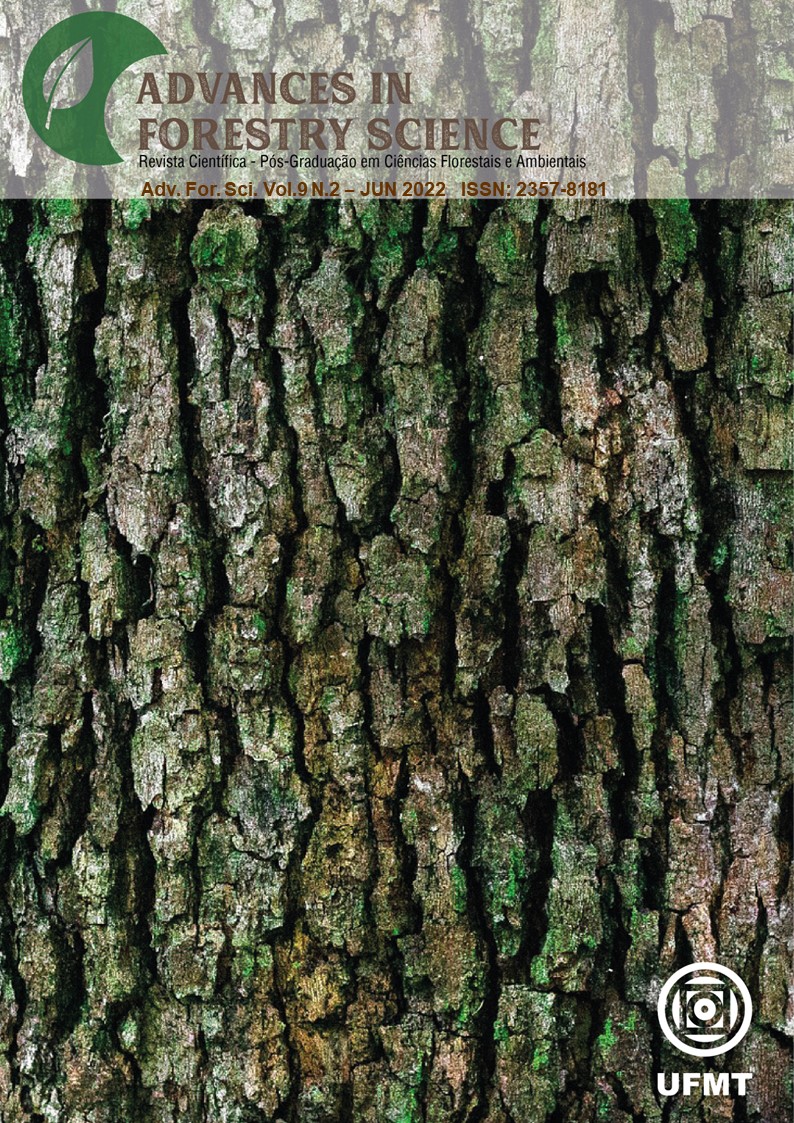Rapid protocol proposal for visual inspection of wooden bridges
DOI:
https://doi.org/10.34062/afs.v9i2.13532Abstract
Wooden bridges play an important role in maintaining the flow of goods and people through different regions, especially in rural areas. Therefore, wooden bridges must present satisfactory conditions to meet the aforementioned objective, it is necessary to adopt quality monitoring of the work, aiming at preventive maintenance. In this sense, the objective was to carry out the cadastral inspection and classify the conditions of 28 bridges in existing vicinal 22 lumber beams, municipality of São Luiz, Roraima, through the characteristics of the structure, functional and durability, in order to evaluate the their conservation status and suggest a rapid assessment protocol. The structural evaluation consisted of measuring the length, width and height of the selected bridges, the functional ones, represented by the planialtimetric and runway characteristics, and durability, in which the nonconformity records were analyzed. Considering all the highlighted aspects, the classification of the construction condition was performed. As for the structural evaluation, an average of 10 m, 5 m and 2.45 m was obtained, for length, width and height of the piles, respectively, in the functional and durability characteristics, the standardization of some characteristics such as the number of strip, width of the wheel guard, among others, and the absence of signaling and catadioptric. As for the conditions of the construction, 82% of the bridges were classified as excellent or good and 18% regular or bad.
Downloads
Downloads
Published
Issue
Section
License
All copyright must be assigned to the Federal University of Mato Grosso.

